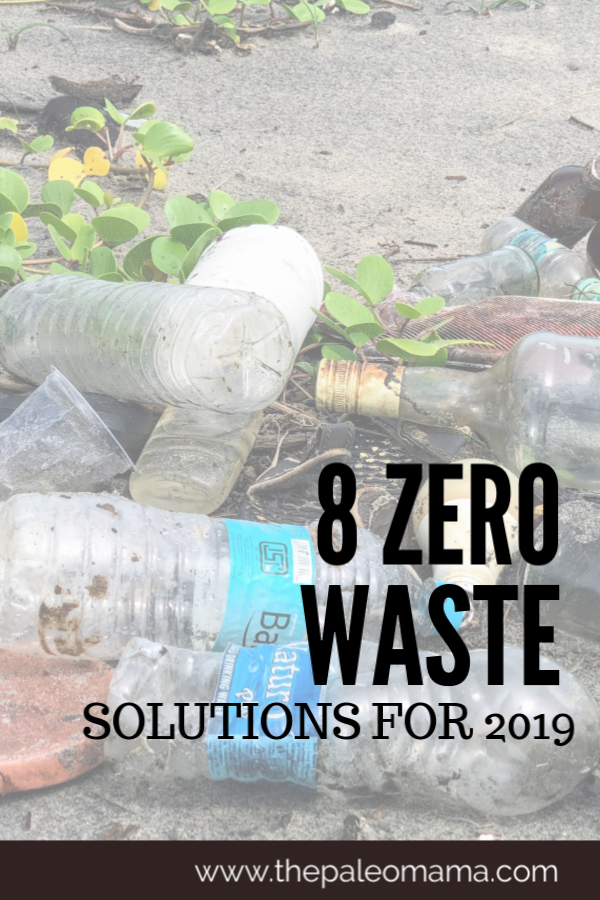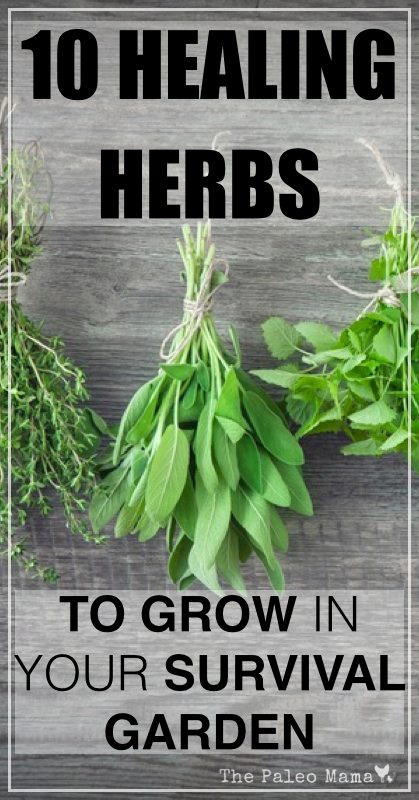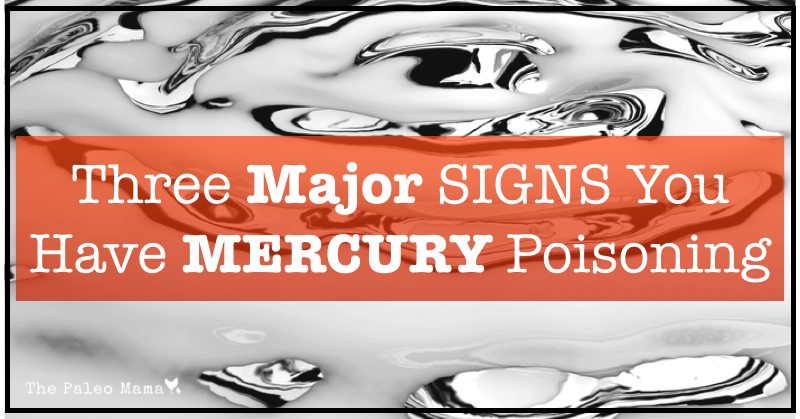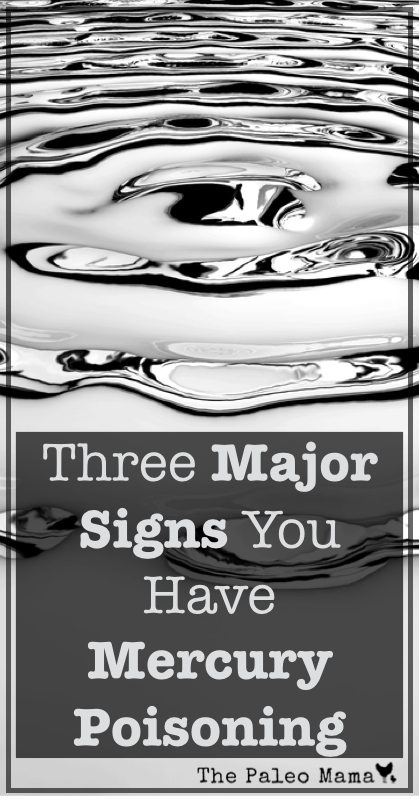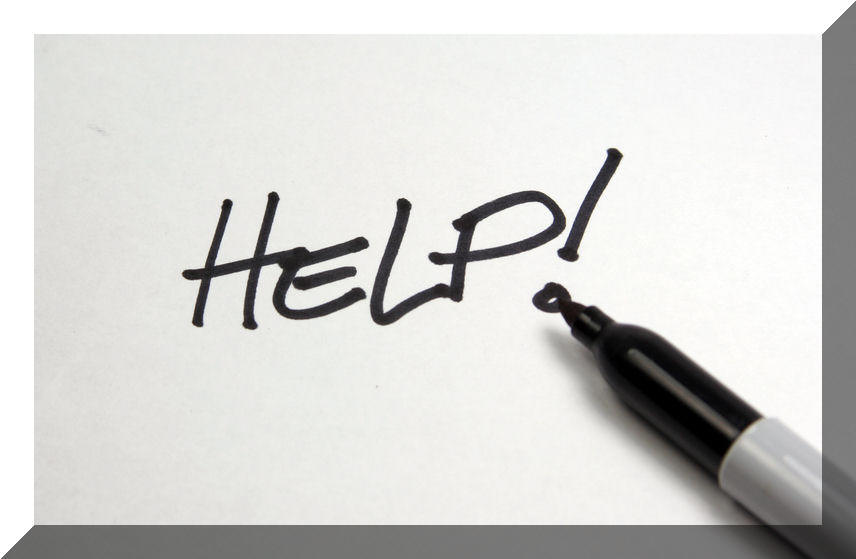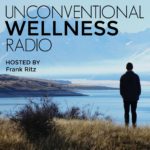
Hello everyone! On today’s podcast, Frank dives a little deeper into nutrition with the discussion of herbs and essential oils!
Essential Oils seem to still be “all the rage” in health and wellness – but Frank distinguishes the usages of them and how they “fit” into your overall puzzle of lifestyle!
They are not a magic bullet – but they can be a piece to helping you have the healthy lifestyle you have always wanted!
Enjoy! (and please don’t forget to “subscribe” and leave a comment 😉
Thank you!!
